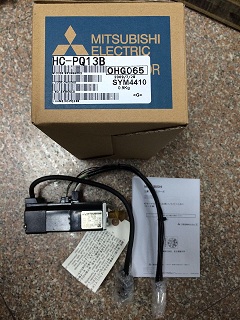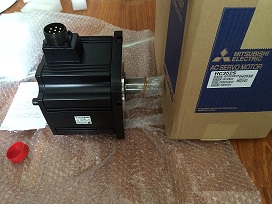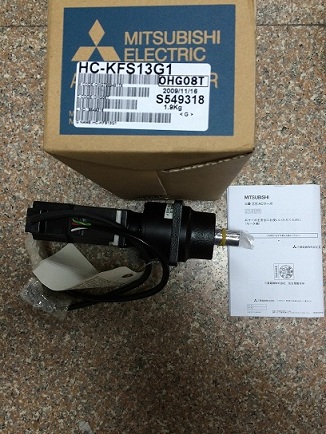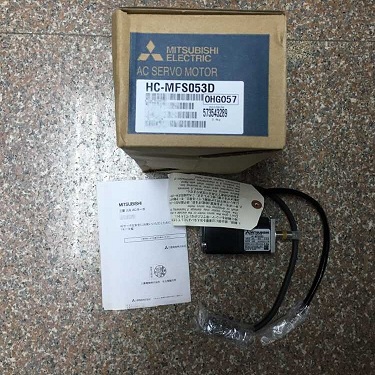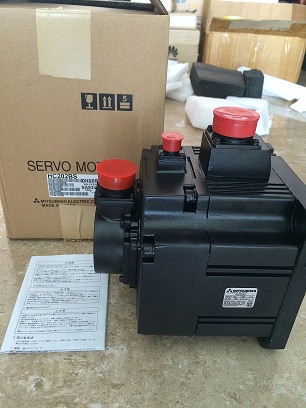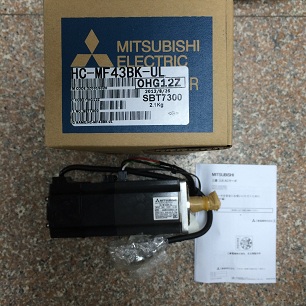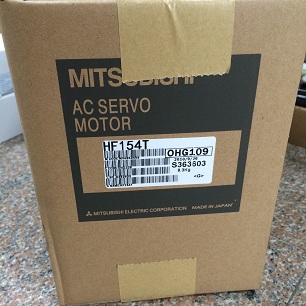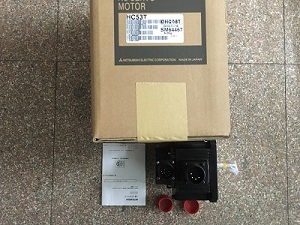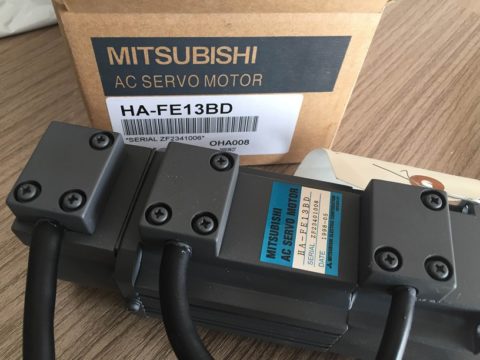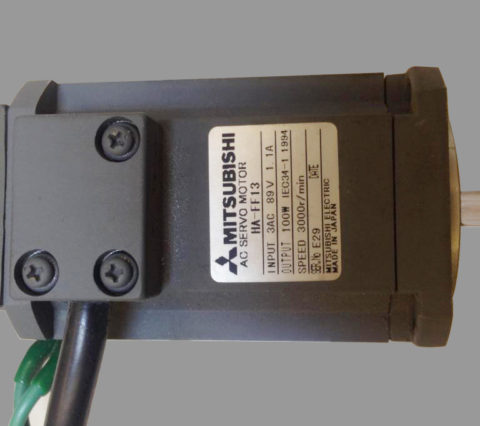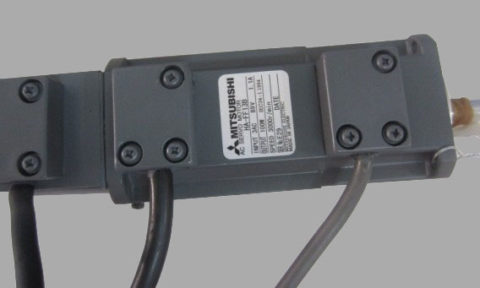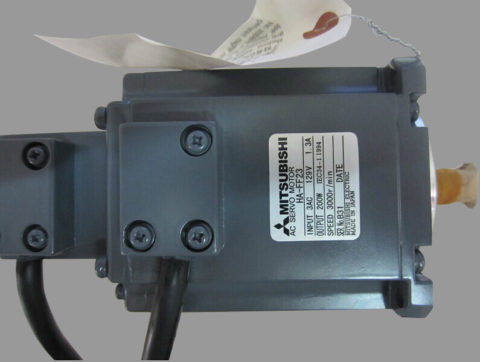This touch screen uses pressure sensing for control. The main part of a resistive touch screen is a resistive film screen that works well with the display surface. This is a multilayered composite film that uses a layer of glass or hard plastic plate as the substrate, coated with a layer of transparent metal oxide (transparent conductive Resistance) conductive layer, covered with a layer of an outer surface hardened, smooth rubbed plastic layer, the inner surface of which is also coated with a coating of many small (less than 1/1000 inch) transparent Isolation points separate the two conductive layers from each other. When the finger touches the screen, the two conductive layers touch at the touch point, the resistance changes, producing a signal in both the X and Y directions, which is then sent to the touch screen controller. The controller detects this contact and calculates the position of (X, Y) and then operates according to the simulated mouse. This is the most basic principle of resistive touch screen technology. Resistance type touch screen is the key to materials science and technology, commonly used transparent conductive coating materials are:
A, ITO, indium oxide, weak conductor, the characteristic is that when the thickness drops below 1,800 Angstroms (A = 10 to 10 meters), it suddenly becomes transparent with a light transmittance of 80% Dropped to another 80% at a thickness of 300 angstroms. ITO is the main material used in all resistive touch screens and capacitive touch screens. In fact, the working surface of resistive and capacitive touch screens is ITO coating.
B, nickel-gold coating, the outer conductive layer of the five-wire resistive touch screen uses a good ductility nickel-gold coating material, the outer conductive layer due to frequent touch, the use of good ductility nickel-gold material purpose is to extend the service life , But the cost of the process is relatively high. Nickel gold conductive layer although scalability, but only for transparent conductors, not suitable as a resistive touch screen face, because of its high conductivity, and the metal is not easy to achieve a very uniform thickness, not suitable for voltage distribution layer, only as a probe Floor.
1.1 four-wire resistance screen
Four-wire resistive analog technology, two layers of transparent metal layer work to increase the constant voltage of 5V each layer: a vertical direction, a horizontal direction. A total of four cables are required. Features: High resolution, high speed transfer reaction. Surface hardness treatment to reduce abrasion, scratching and chemical treatment. With smooth and matte finish. A calibration, high stability, never drift.
1.2 five-wire resistance screen
Five-wire resistive touch screen of the grass-roots level in both directions of the voltage field through the precision resistance network are added to the conductive glass surface, we can simply understand the two directions of the voltage field work added to the same work surface, The outer layer of nickel gold conductive layer is only used as a pure conductor, after touching the inner layer ITO touch points to detect X-axis and Y-axis voltage value of the method of measuring the position of the touch point. Five-wire resistive touch screen inner ITO need four leads, the outer layer only as a conductor, the touch screen leads a total of five. Features: high resolution, high-speed transmission reaction. High surface hardness, reduce scratches, scratches and chemical treatment. The same point of contact with 30 million can still be used. Conductive glass substrate for the media. A calibration, high stability, never drift. Five-wire resistive touch screen has high price and high environmental shortcomings
1. 3 resistance screen limitations
Whether it is four-wire resistive touch screen or five-wire resistive touch screen, they are a complete isolation of the working environment, not afraid of dust and water vapor, it can touch with any object, can be used to draw pictures, more suitable for industrial control field And the limited use of the office. The common disadvantage of resistive touch screens is that the outer layers of the composite film are made of plastic material, and people who do not know too hard or may touch the touch screen with scratches may cause scrapping. However, within the limits, the scratch will only hurt the outer conductive layer. The scratching of the outer conductive layer has no relation to the five-wire resistive touch screen, but is fatal to the four-wire resistive touch screen.

2017-11-07
News
